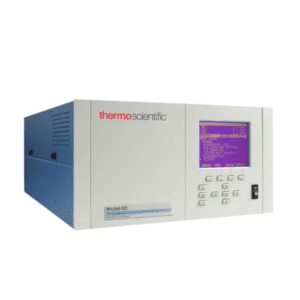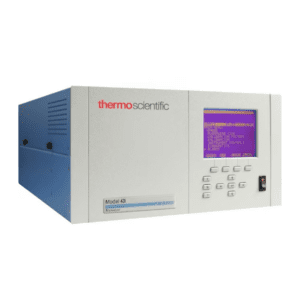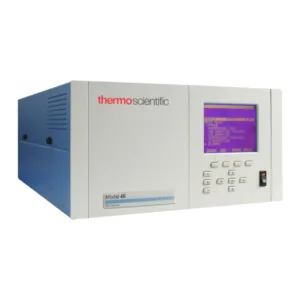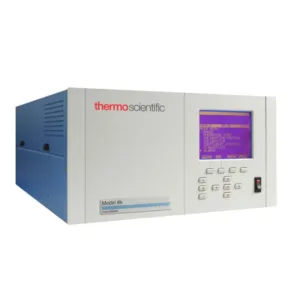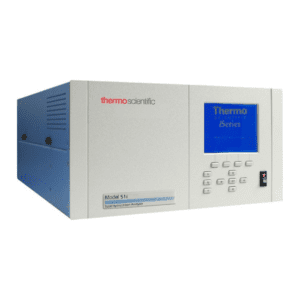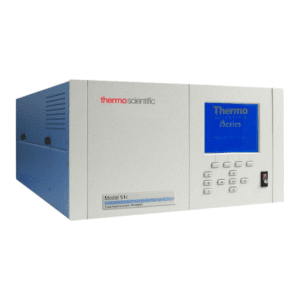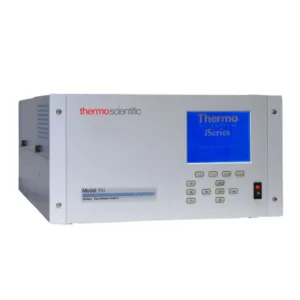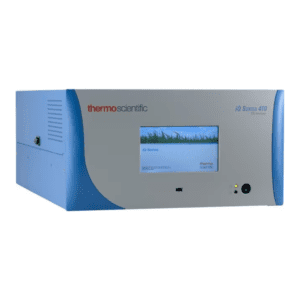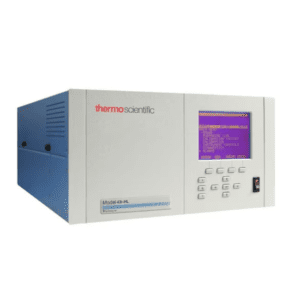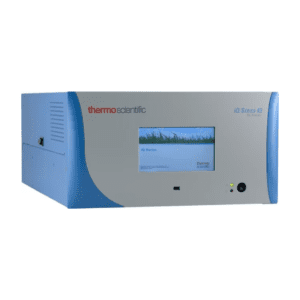Introduction:
In the pursuit of sustainable development and a healthier environment, the Central Pollution Control Board (CPCB) plays a pivotal role in India by formulating and enforcing air quality standards. As our cities grow and industrialization progresses, the need for stringent measures to monitor and control air pollution becomes increasingly critical. One of the key tools in achieving this goal is the implementation of real-time data acquisition and monitoring systems for ambient air quality.
Understanding Ambient Air Quality Standards:
The CPCB establishes ambient air quality standards to safeguard public health and the environment from pollutants like particulate matter (PM10 and PM2.5), nitrogen dioxide (NO2), sulfur dioxide (SO2), carbon monoxide (CO), ozone (O3), ammonia (NH3), and lead. These standards are based on extensive research, taking into account the potential health risks associated with exposure to different pollutants.
Challenges in Achieving Air Quality Standards:
Meeting these air quality standards poses several challenges, especially in densely populated urban areas and industrial zones. Traditional monitoring methods often involve periodic sampling, which may not capture the dynamic nature of air quality. Real-time monitoring becomes crucial to identify pollution sources promptly, assess the effectiveness of control measures, and provide timely warnings to the public.
Importance of Real-Time Data Acquisition:
Timely Identification of Pollution Events: Real-time monitoring enables the immediate detection of spikes in pollutant levels, allowing authorities to identify and address pollution events promptly. This is crucial for industries and regulatory bodies to take corrective actions in a timely manner.
Source Apportionment: Understanding the sources of pollution is vital for formulating effective control strategies. Real-time data acquisition allows for source apportionment studies, helping authorities target specific industries or activities contributing significantly to air pollution.
Adaptive Control Measures: Dynamic, real-time data empowers regulatory agencies to implement adaptive control measures. By adjusting regulations and enforcement strategies based on current conditions, authorities can optimize efforts to maintain air quality within permissible limits.
Public Awareness and Engagement: Real-time air quality data can be made accessible to the public through various channels, fostering awareness and citizen engagement. This transparency encourages community participation in pollution control efforts and prompts individuals to take proactive steps to reduce their carbon footprint.
Data-Driven Policy Formulation: Continuous monitoring generates a wealth of data that can be analyzed to refine existing air quality standards and formulate evidence-based policies. This iterative process ensures that regulatory measures evolve with changing environmental conditions and emerging challenges.
Conclusion:
As India grapples with the dual challenges of industrialization and environmental preservation, real-time data acquisition and monitoring systems emerge as indispensable tools in the hands of environmental regulators. The CPCB’s air quality standards provide a framework for sustainable development, and real-time monitoring is the key to ensuring compliance. By embracing technological advancements and fostering collaboration between the government, industries, and the public, we can pave the way for a cleaner and healthier future. It’s time to breathe easy and embrace a future where real-time data empowers us to build a sustainable and pollution-free environment.




